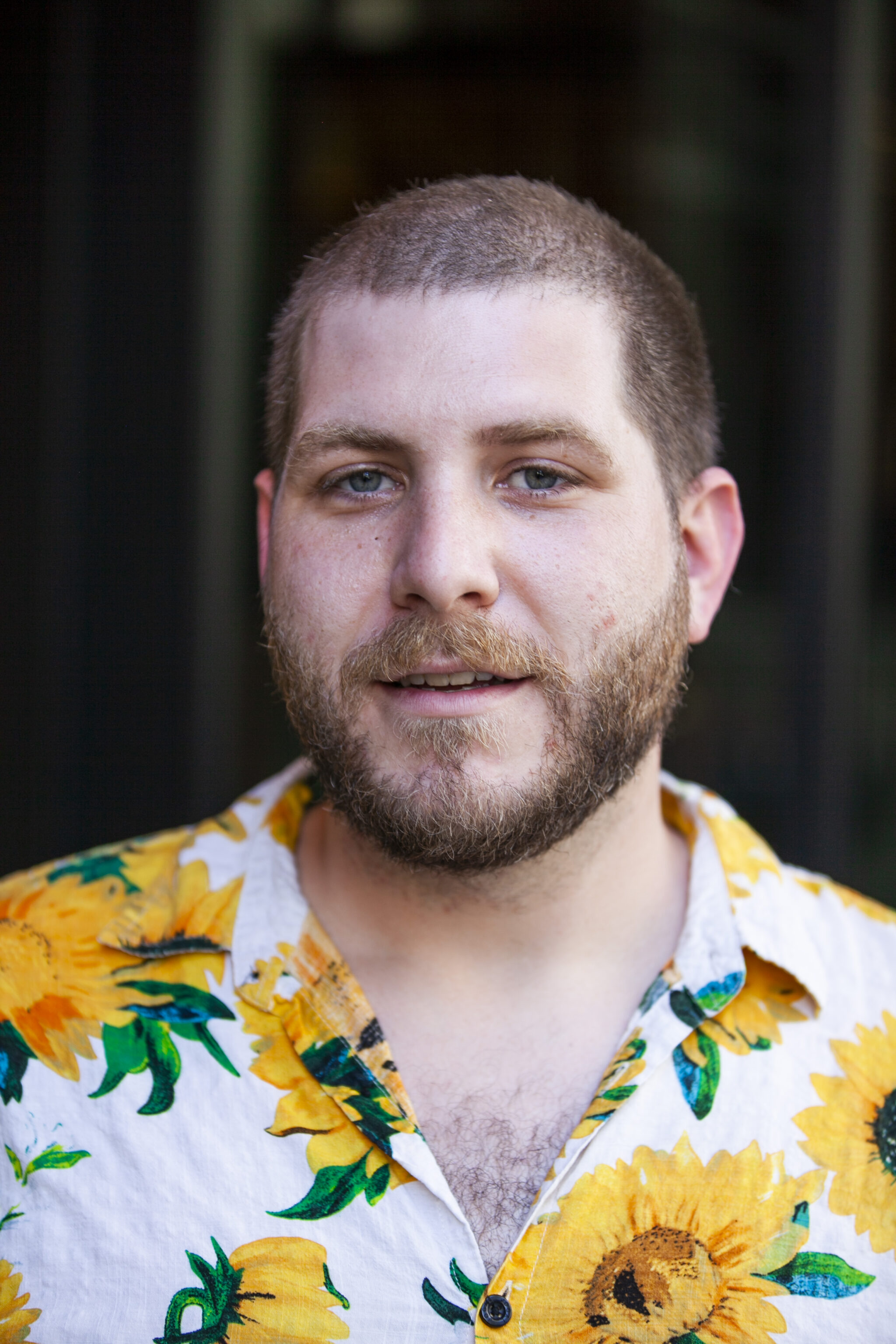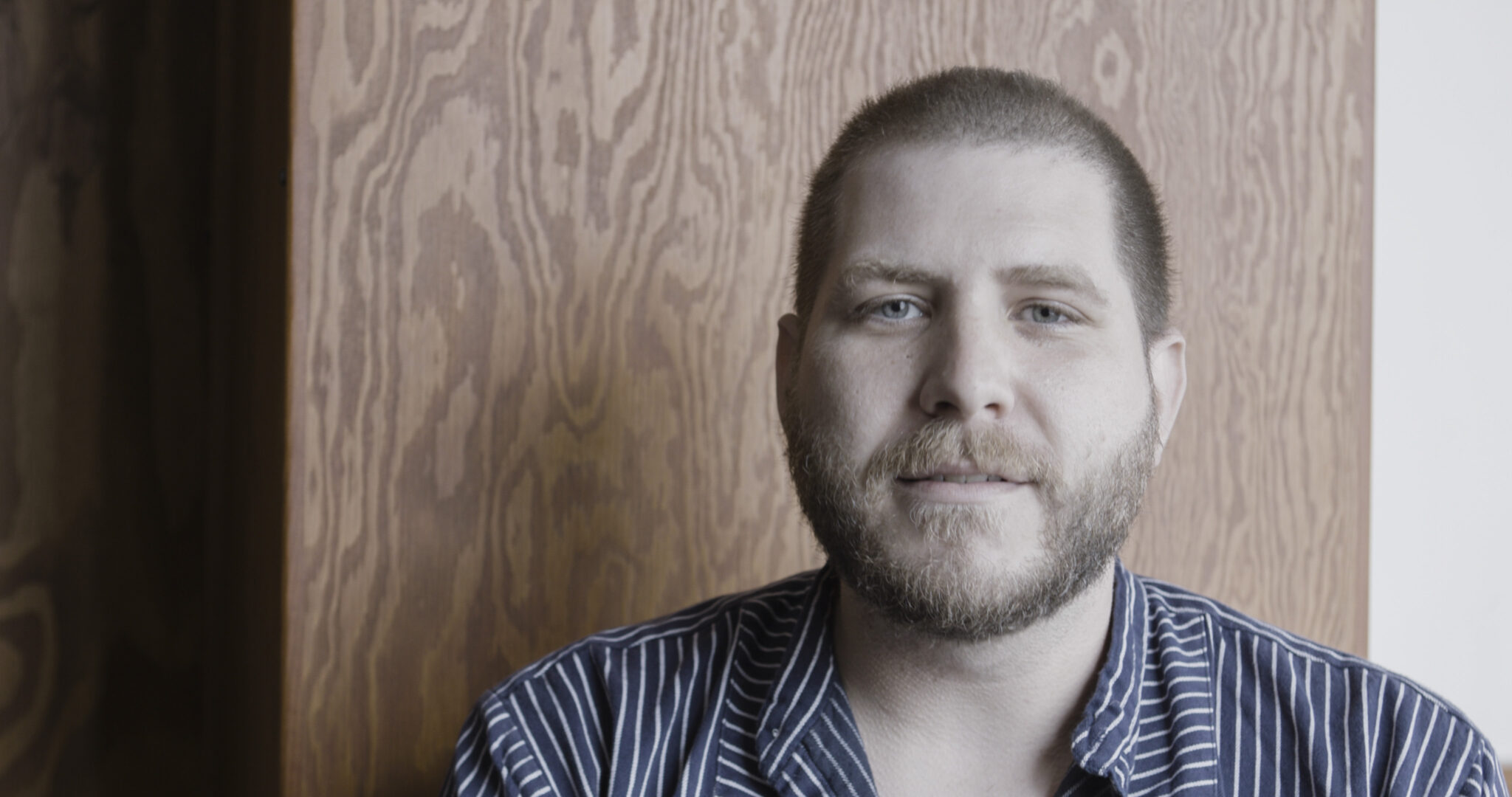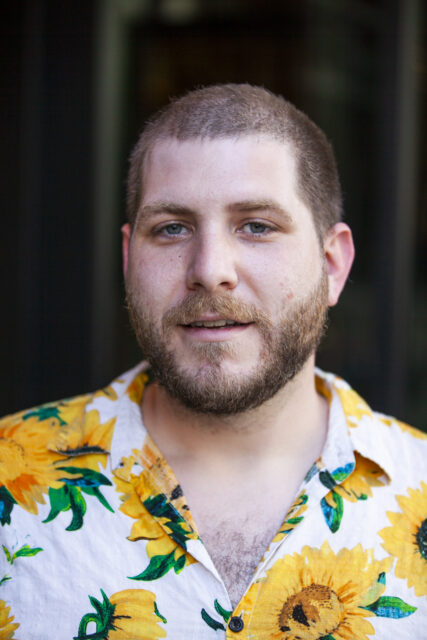How do you characterize the media you work in?
I spend a lot of my time working in my community, Catawba Indian Nation, on language revitalization and eco-cultural revitalization. That looks like a lot of fun things, like kids’ songs that we’ve composed, or teaching words in Catawba. I also present tours of collections and museums that foreground stories of Indigenous peoples, colonization, and survivance.
How does your practice engage with technology?
I’m passionate about getting tribes and Indigenous communities to see that they already have the capacity within their communities in the form of young people, people who have an affinity for technology, to start asserting their sovereignty in technological spaces. One way we’ve done that is through the development of our Catawba language app, so that we can actually control how our people are learning with it and what happens with that data.
What was your focus during your time at Eyebeam?
I’ve been developing a piece on open.eyebeam that features different mushrooms that you can find in the field; when you go up to a mushroom and click on it, you’ll find a text that’s associated with it. You can edit it, change it, delete it, do whatever you want to it—and when you do, it creates a new sporulation. And so, the mushroom changes, and that edit that you’ve made is forever in that database. I’m hoping to create a sense of proximity with other people interacting with the space, and the sense that their impacts are changing your experience of it.




